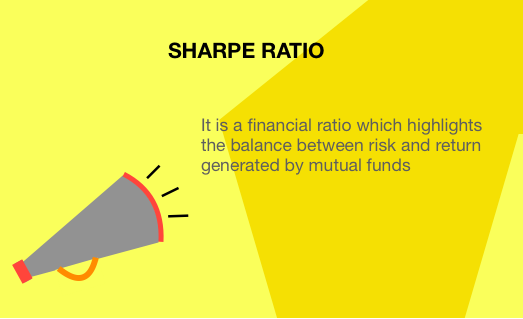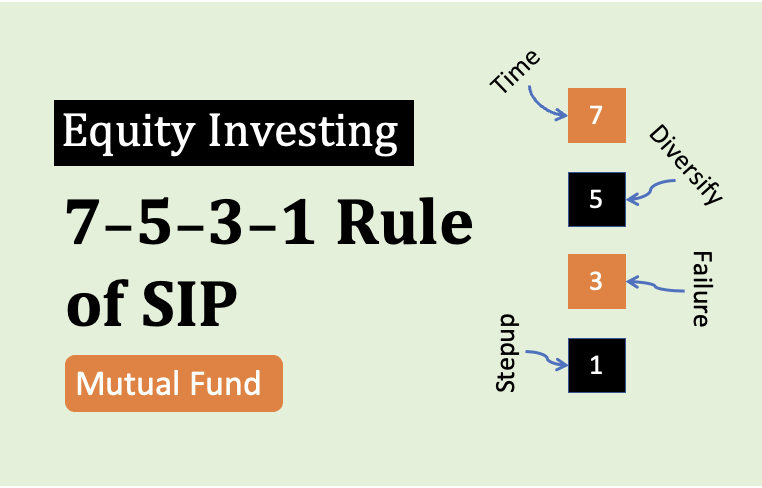I stumbled upon this article on Business Today (March 17, 2025) about IndusInd Bank’s stock taking a nosedive. If you haven’t heard, the bank’s shares dropped last week after they found some issues in their derivative portfolio. It is basically, a fancy way of saying they miscalculated something. This small miscalculation might shrink the bank’s net worth by about 2.35%. That’s roughly Rs.1,577 crore, which is a lot of money. I’ve covered the updates on IndusInd bank in a series of posts. You can check this link.
Today, what caught my eye, though was some thing different. There was Twitter (X) post by Nilesh Shah, the Managing Director of Kotak Mutual Fund. In this post, he is trying to clear up some confusion about how this stock drop affected mutual funds. The article mentioned massive losses, mutual funds saw their holdings in IndusInd Bank drop from Rs.20,670 crore to Rs.13,700 crore, it’s a whopping Rs.6,970 crore loss.
This is a huge value (Rs.6,970 crore loss) even for mutual funds. I think, this is the reason why Mr. Nilesh Shah has to step in himself to share his point of view in this matter.
What Mr. Nilesh Shah is saying, “Hold up, it’s not that simple.”
His explanation, though, was a bit technical & complicated. Hence I thought, “Let’s use some plain English.” So, here I am, writing this post to declutter what Mr. Nilesh Shah meant in a way that even a newbie can understand.
Let’s dive in and figure out what Nilesh Shah is trying to tell us, step by step.
The Bird’s Eye View
Stock price is falling, it is also taking mutual fund’s NAV down with it. This must is clear, right?
First off, if you’re new to this, a mutual fund is like a big pool of money collected from lots of people (like you and me). The fund manager invest this collected money in stocks, bonds, or other stuff to make it grow.
IndusInd Bank is one of those stocks that many mutual funds had invested in. When its price fell, people started freaking out. As almost all mutual funds had some holdings of the bank, people were worries that mutual funds are also losing billions.” And sure why not, the numbers look scary, Rs.6,970 crore is not a small value.
But Nilesh Shah’s point is that not all mutual funds are affected the same way when a stock like IndusInd Bank tanks.
He’s trying to point at a fact that our news articles are missing something big. What they are missing?
According to Mr. Nilesh Shah, mutual funds work differently depending on their type, arbitrage, passive, or active. And that difference decides whether a price fall actually hurts them or not.
Confused? Don’t worry, I’ll simplify it further for you.
1. Arbitrage Funds
Let’s start with arbitrage funds.
These are a type of mutual fund that play it super safe. Nilesh Shah mentions them first because a lot of people don’t get how they work.
Example: Imagine you’re at a flea market, and you notice someone selling a cool vintage lamp for Rs.500. But across the street, someone else is buying the same lamp for Rs.550. You buy it cheap, sell it high, and pocket the Rs.50 difference without caring if the lamp’s “real” value goes up or down. That’s arbitrage in a nutshell, making money from price differences, not price changes.
In the stock market, arbitrage funds do something similar. They buy shares of a company (like IndusInd Bank) in the cash market, meaning they own the actual stock. At the same time, they “short” the stock in the futures market. Shorting is like betting the price will fall; if it does, you make money on that bet.
So what’s the benefit dealing in cash and future market? The benefit is in the following:
When IndusInd Bank’s stock price dropped, here’s what happened:
- The shares they owned lost value (in Cash market).
- But their Shorting bet made money because the price fell (in Futures market).
The loss in the cash market and gain in the futures market cancel each other out.
Mr.Nilesh Shah is saying that for arbitrage funds, and other funds using this strategy (like balanced advantage or equity savings funds) the price fall didn’t really hurt them. The news might scream “losses,” but these funds are sitting pretty, unbothered.
2. Passive Funds
Next up are passive funds.
These are the rule-followers of the mutual fund world. Think of them as a kid copying every move their teacher makes in class.
Passive funds, like index funds, have one job which is clearly defined for them, they have to blindly mirror their stock market index. The index call be Nifty 50, BSE Sensex, Nifty Bank, Nifty 100, etc. If IndusInd Bank is in that index, they have to hold it, no matter what.
When the stock price fell, passive funds took a hit, there’s no denying that. Their returns dropped because they’re stuck holding the stock.
But Nilesh Shah’s point here is that the fund managers aren’t to blame. They don’t get to say like, “Hmm, this stock looks shaky, let’s sell it.” If they did, they’d break the rules, get in trouble with regulators, and maybe even face penalties. Their hands are tied, they just copy the index, good or bad.
So, when you see a passive fund lose money on IndusInd Bank, it’s not because the manager messed up. It’s just the market doing its thing.
Shah’s frustrated that people don’t see this distinction and judge all funds together as if they are the same.
3. Active Funds
Finally, we’ve got active funds. These are the adventurous ones.
The fund managers here are like chefs picking ingredients for a dish. Here, the fund managers choose stocks they think will do well and skip the ones they don’t. They’re not tied to an index; they’ve got freedom to buy, sell, or hold based on their gut and research.
When IndusInd Bank’s stock crashed, active funds had a choice, stick with it or bail. Some sold off shares (like Kotak Mutual Fund dumping Rs.509 crore worth), while others, like Quant Mutual Fund, actually bought more (adding Rs.300 crore worth).
If an active fund lost money, it’s fair to ask, “Tell me, did the manager misjudge this one?”
Nilesh Shah says this is where we should focus our attention, on how active funds performed compared to their benchmark index (a standard they’re trying to beat). If they held too much IndusInd Bank and got burned, that’s on them. But if they dodged the bullet, give them a pat on the back.
Shah’s annoyed because most articles just say “mutual funds lost money” without checking who was active, who was passive, and who was arbitraging.
It’s like saying “everyone failed the test,” but in reality everyone has not (arbitrage funds didn’t), and passive funds have no option to held on to IndusInd bank shares if it is in their index.
Conclusion
Reading that Business Today article, I was initially shocked, Rs.6,970 crore in losses sounds catastrophic.
But Mr.Nilesh Shah’s post made me realize it’s not a simple “everyone’s doomed” story. Some funds were fine (arbitrage), some had no choice (passive), and some might’ve messed up (active).
It’s a reminder that investing isn’t just numbers, it’s about understanding the method behind them.
Next time you hear about a stock crash hitting mutual funds, don’t just gulp down the headline. Peek under the hood like Nilesh Shah did. It might save you some unnecessary worry.
What do you think, did my clarification blog post clear things up for you? Let me know in the comments section below.
Thanks you for reading all through the end. I really appreciate.

![Why Not All Mutual Funds Are Affected by the IndusInd Bank Stock Crash [Nilesh Shah Explains] - Twitter Post](http://ourwealthinsights.com/wp-content/uploads/2025/03/Why-Not-All-Mutual-Funds-Are-Affected-by-the-IndusInd-Bank-Stock-Crash-Nilesh-Shah-Explains-Twitter-Post.jpg)



